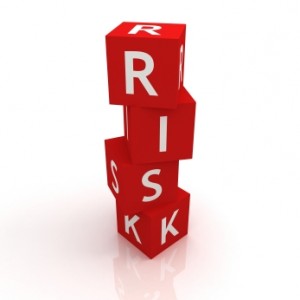 Companies have been slow to prioritize supply chain risk management and the current known metrics fail to capture the degree of risk present in a company’s supply chain. Therefore, it is increasingly difficult to convince executives to invest in these measures without effective metrics. There are four key categories where companies should consider significant initiatives:
Companies have been slow to prioritize supply chain risk management and the current known metrics fail to capture the degree of risk present in a company’s supply chain. Therefore, it is increasingly difficult to convince executives to invest in these measures without effective metrics. There are four key categories where companies should consider significant initiatives:
- Design supply chains to be more risk resilient
- Work more collaboratively with suppliers
- Identify and resolve emergent supply chain risks more quickly
- Recover from supply chain disruptions more quickly
Which one should you choose? How do you know if your choice was the right one for your company?
Catastrophic supply chain disruptions occur so infrequently that preparing for the individual possibility of each of the 125 risk types doesn’t make sense.There is no way to prepare for all of them and there are no tools to prioritize which ones you should prepare for.
With two decades of lean improvement projects, every global supply chain is now at risk. Slack time and in-process inventories that could absorb the shock of disruptions in the past are now long gone.
1. Adopt metrics that focus on the time-to-recovery associated with the suppliers and supply chains they manage. While there is some analytical and implementation complexity associated with TTR, the concept model is optimal.
2. Make selective supplier choices: Look at the simple supplier choice, two suppliers offer the same product values in terms of pricing, quality, design and order lead times. How should a buyer make their final selection? You have to choose the buyer that presents the least risk to the supply chain. Read more about our process of Advanced Supplier Management, here.
3. Implement a Control Tower approach: There is a lot of data, but it is not actionable. Using technology that can monitor and send alerts based on the incoming data can provide faster responses and faster response times. The concept is explained further in our recent webinar with SCDigest on Advanced Supplier Management.
To identify the incremental risk associated with a single supplier, you have to determine how that supplier would contribute to the supply chain’s responsiveness when a disruption crisis occurs. If the supplier has plans in place to recover more quickly, then that supplier is less risky.
Can we answer how much less risky? Yes, the difference in risk is related to the difference in time-to-recovery. You can report the difference in time directly, or you can quantify it by estimating the impact on revenue and profitability the longer recovery time would have. How expensive is one week or two weeks of lost revenue? Small differences across a supply chain end up making the supply chain fragile and make the costs and overall financial risks of a supply chain disruption higher for a company.
Written by Mike Romeri, CEO at OPS Rules Management Consultants


